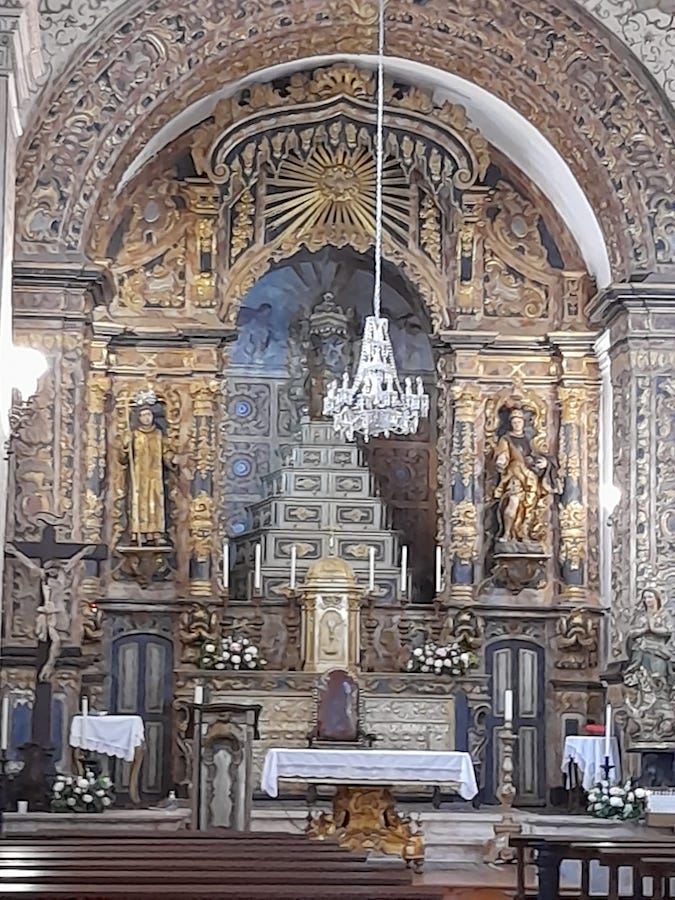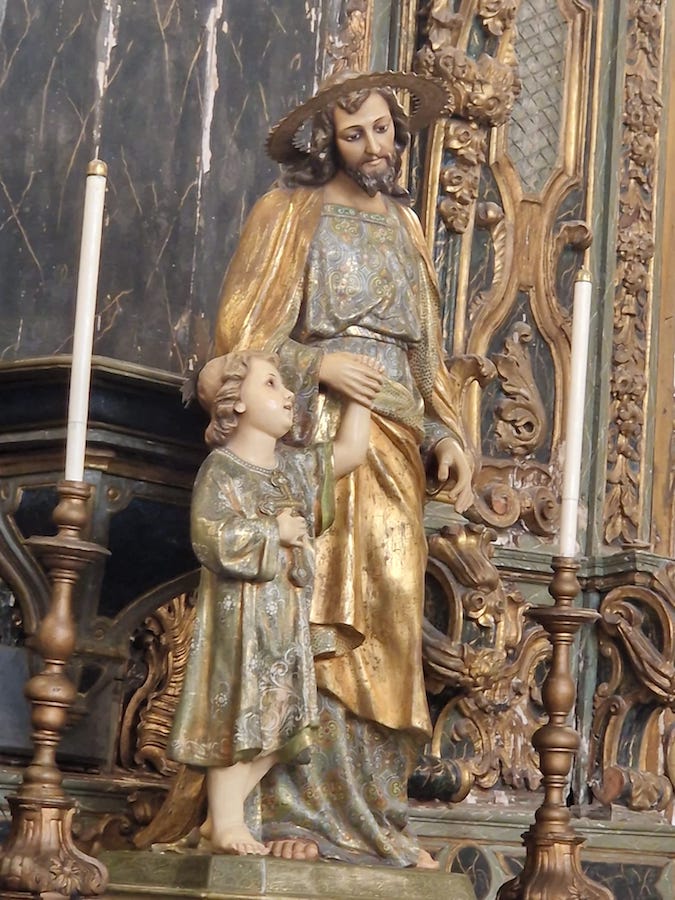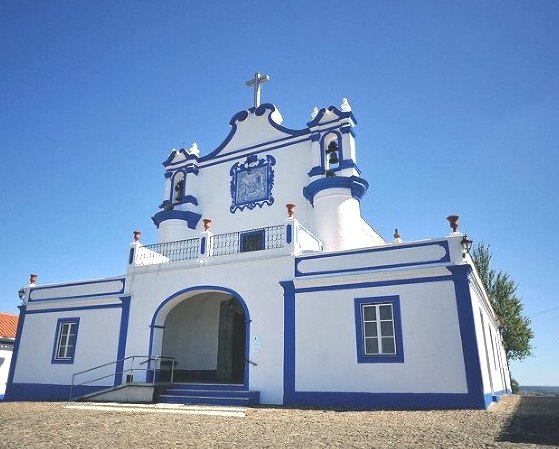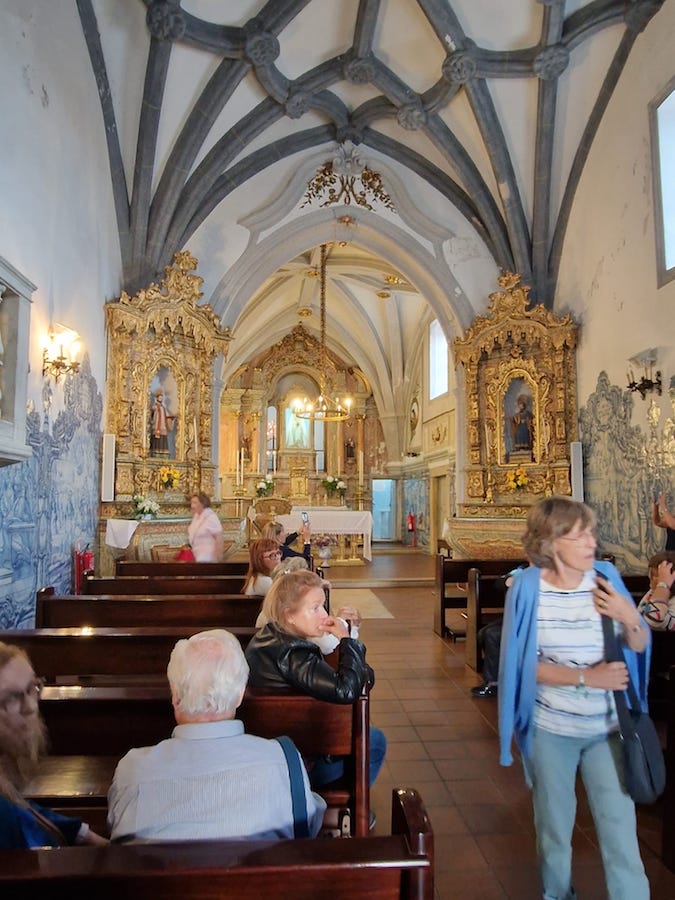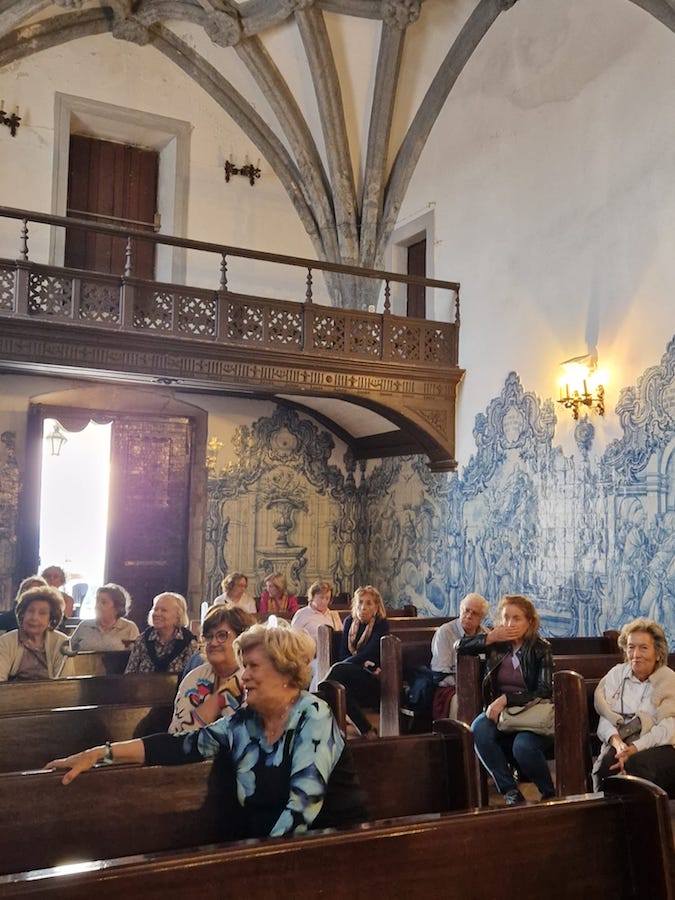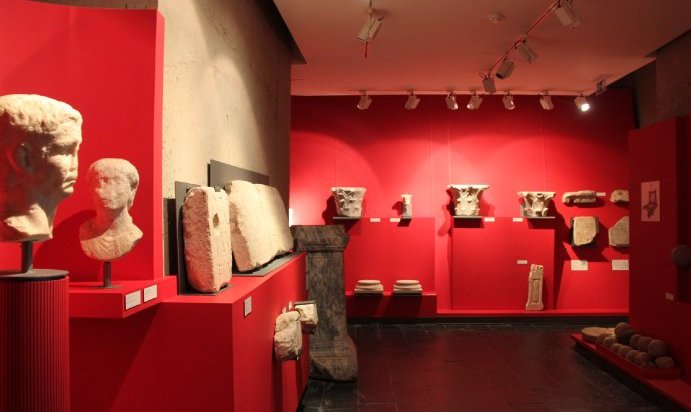On October 26, 27 and 28, the Lyceum Club made a trip through some regions of Alentejo, starting in the city of Alcácer do Sal, founded before 1000 B.C. by the Phoenicians, where there was a guided visit to the Castle, Cloisters and Archaeological Crypt and to the Church of Santa Maria do Castelo. After lunch, a galleon trip on the Sado river provided an interesting view of the landscape and fauna. This was followed by a visit to the ethnographic museum and the historic area of Vila do Torrão.
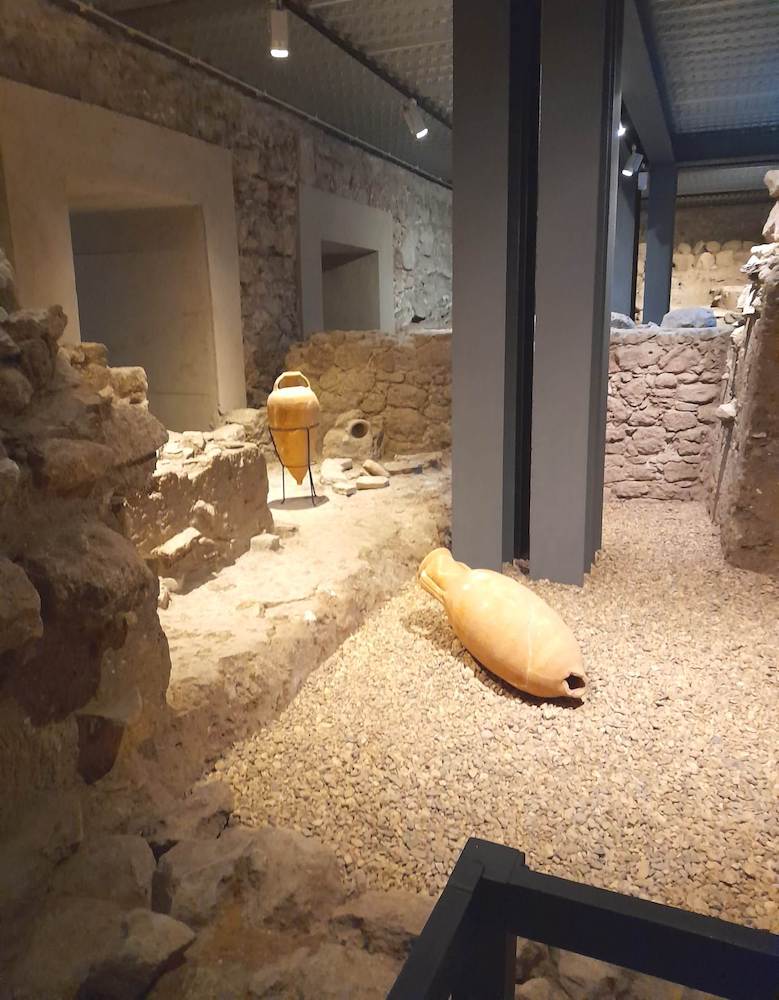
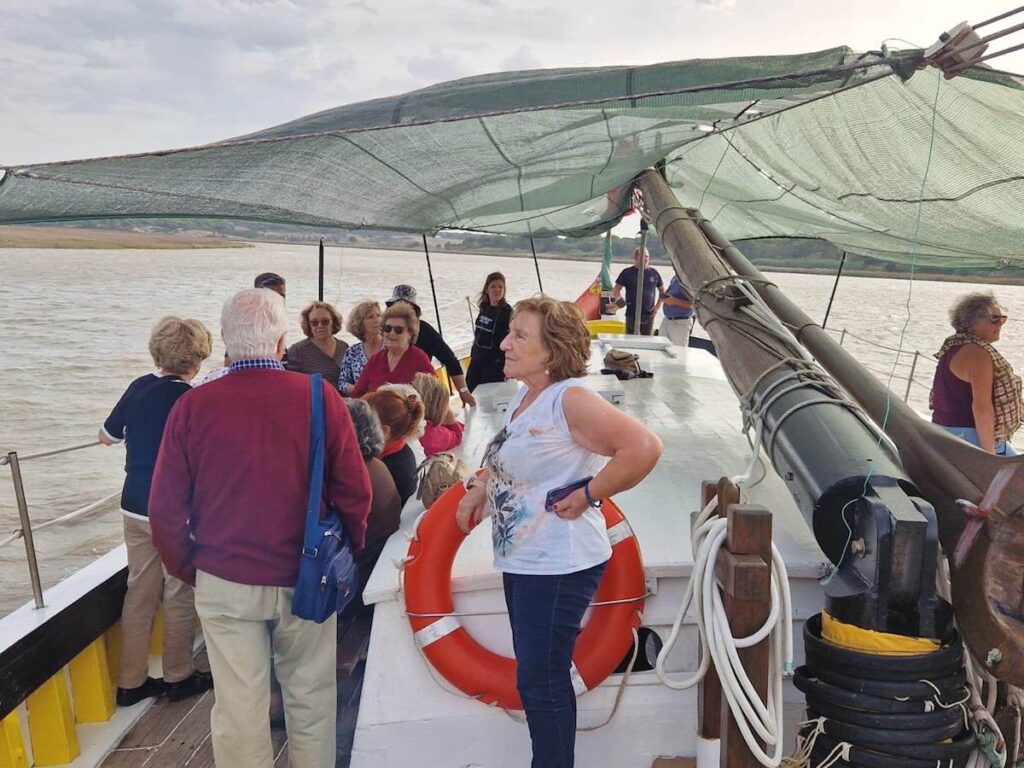
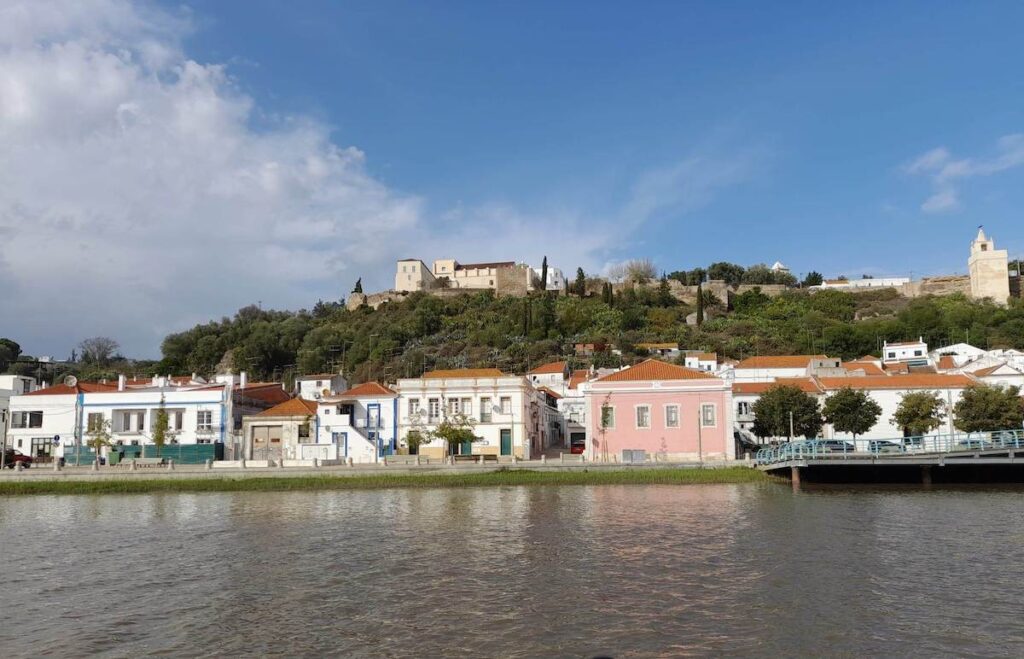
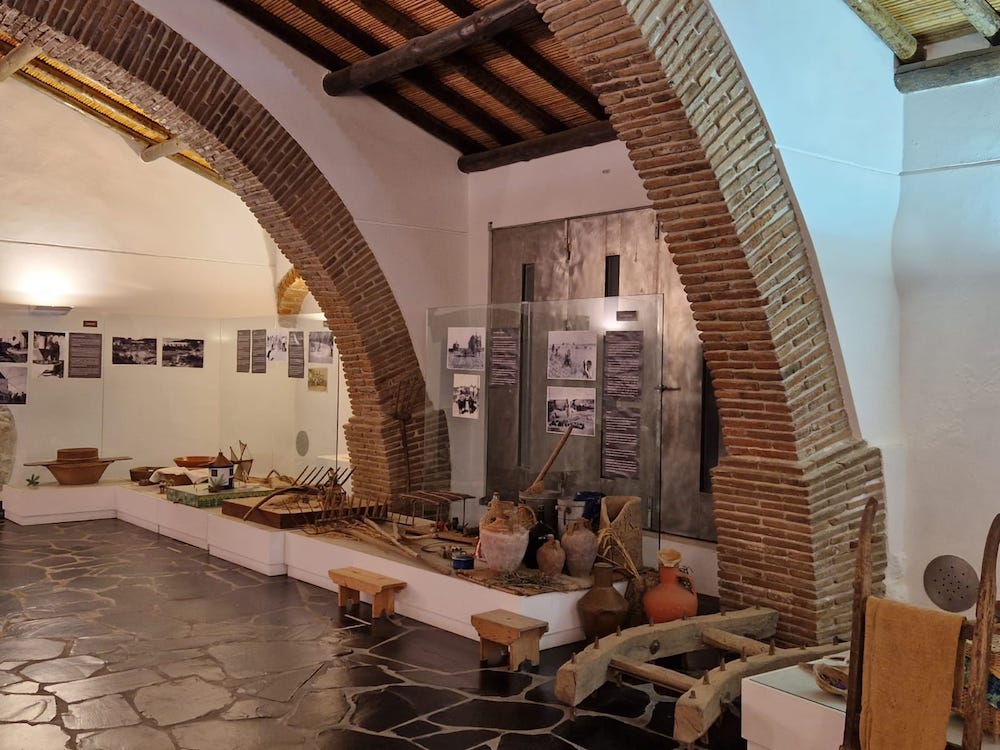
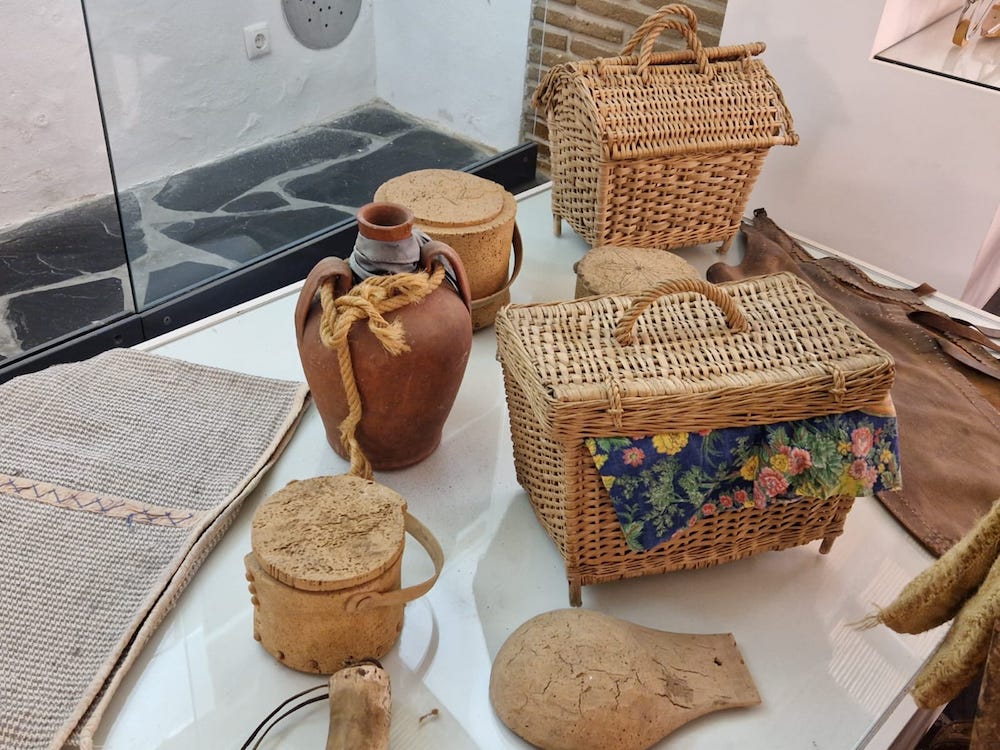
The next day, we left the Pousada do Castelo de Alvito towards the town of Viana do Alentejo, where we visit the Mother Church built in the 16th century and the Church of Our Lady of Aires from the 18th century, in baroque style, whose façade was inspired by the Mafra Convent. Inside, the huge baldachin and the late 15th century image of Our Lady of Aires in polychromed ançã stone stand out on the main altar. There was also a visit to the castle and the craftsmanship of Feliciano Agostinho’s pottery.
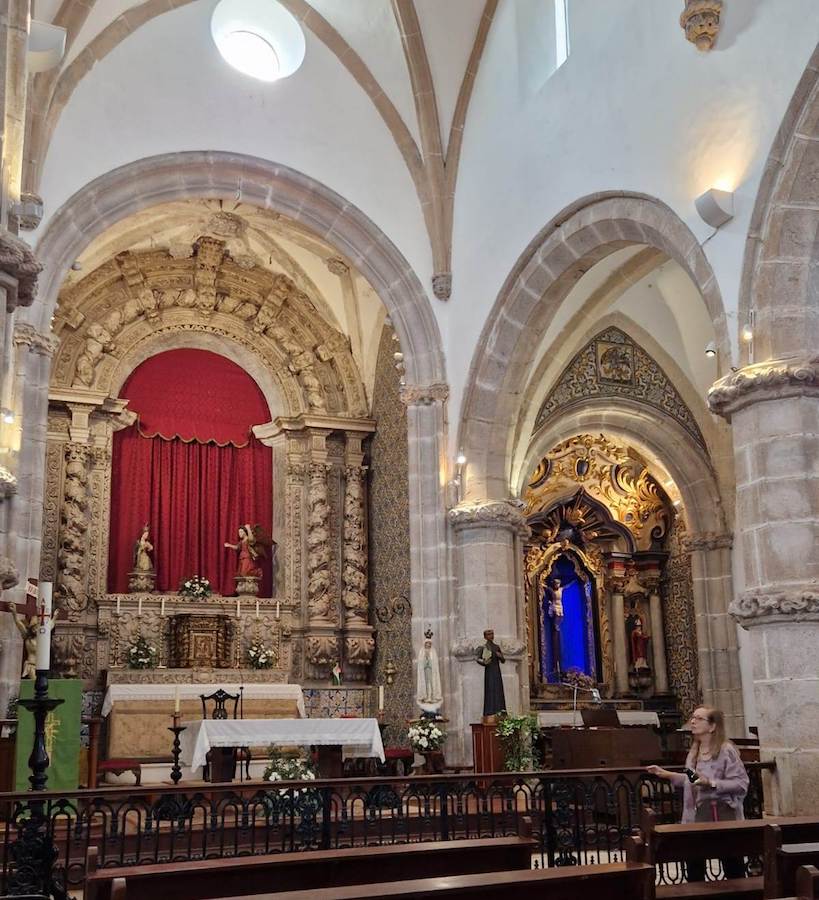
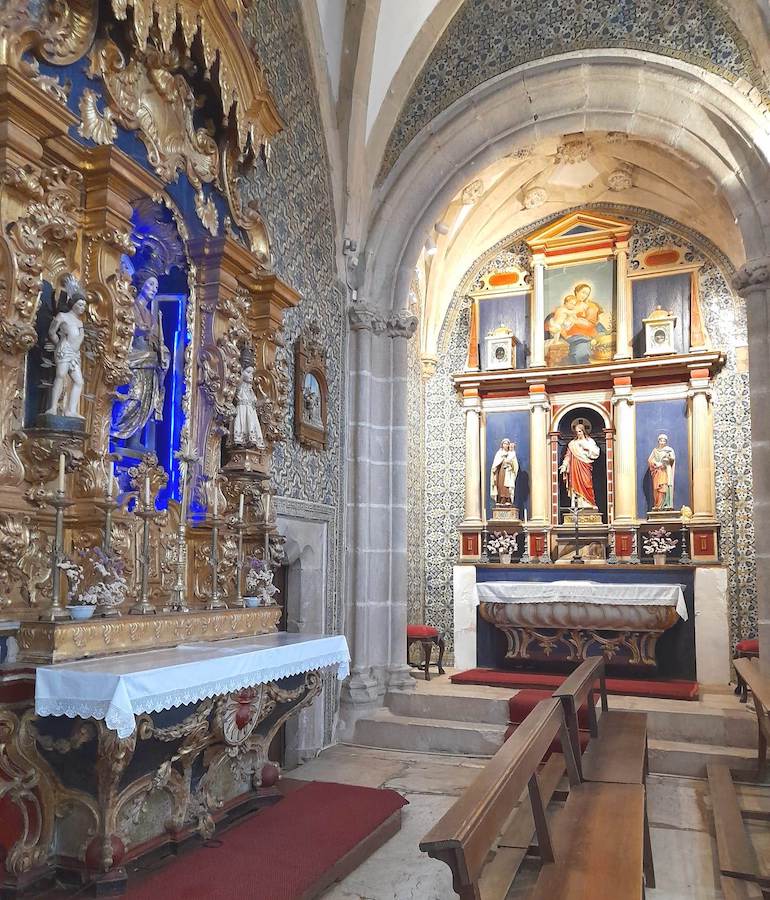
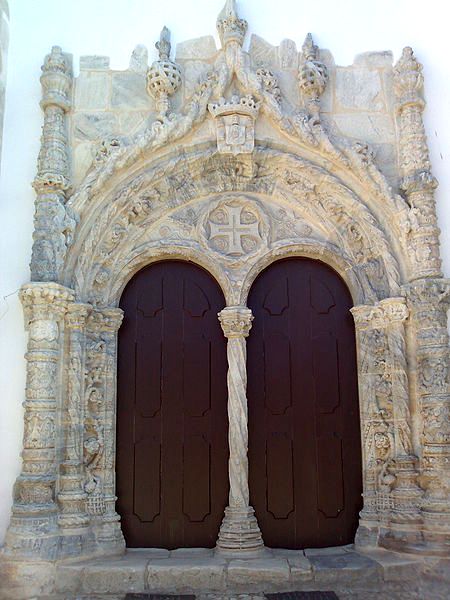
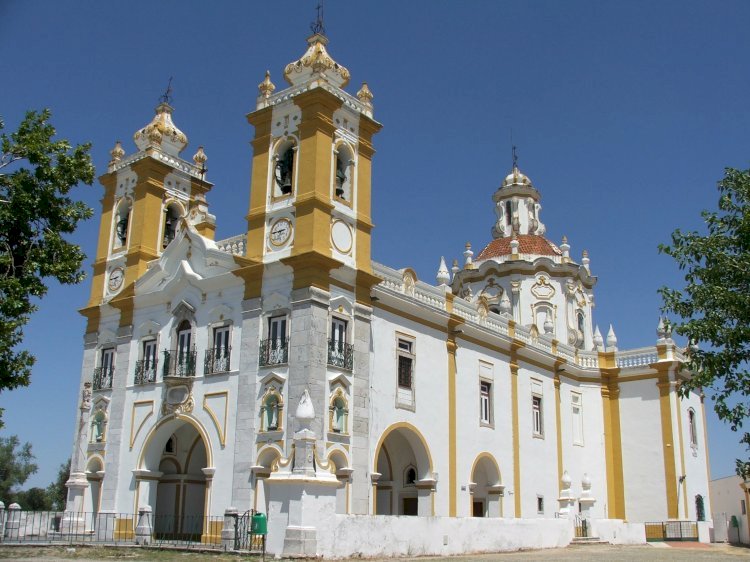
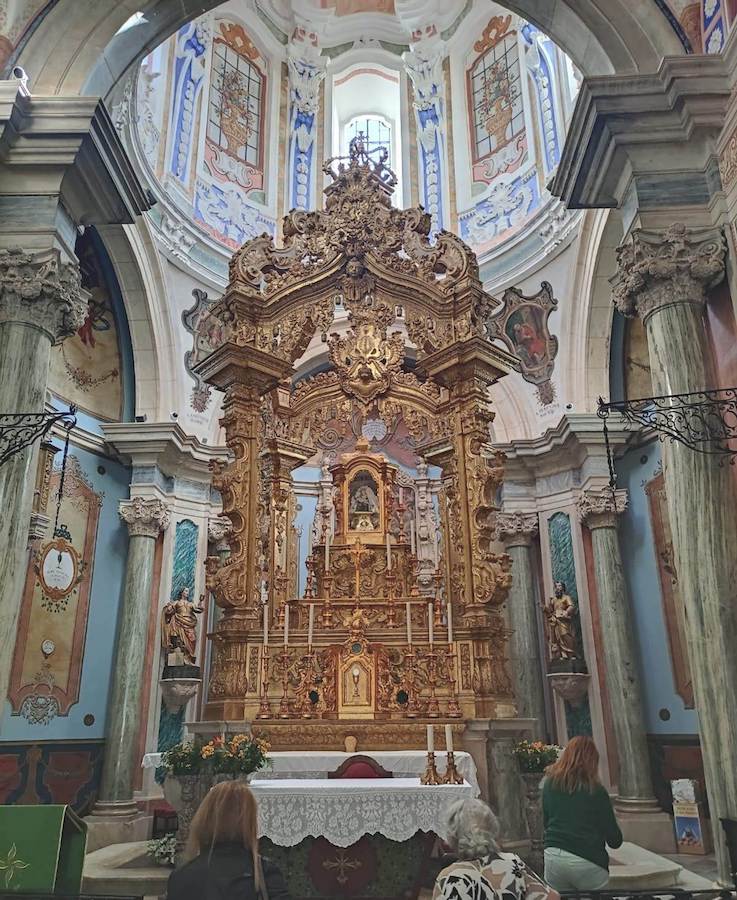
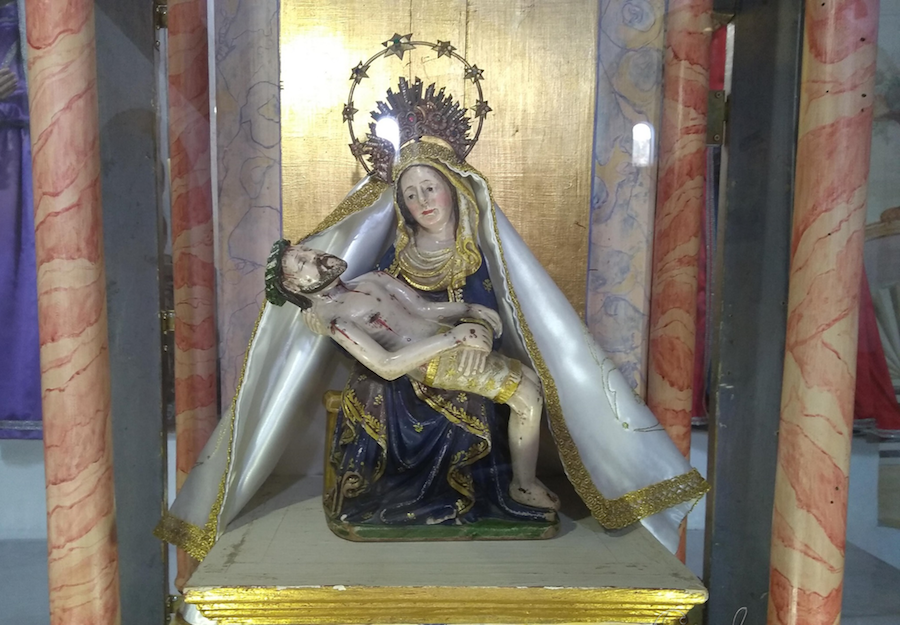
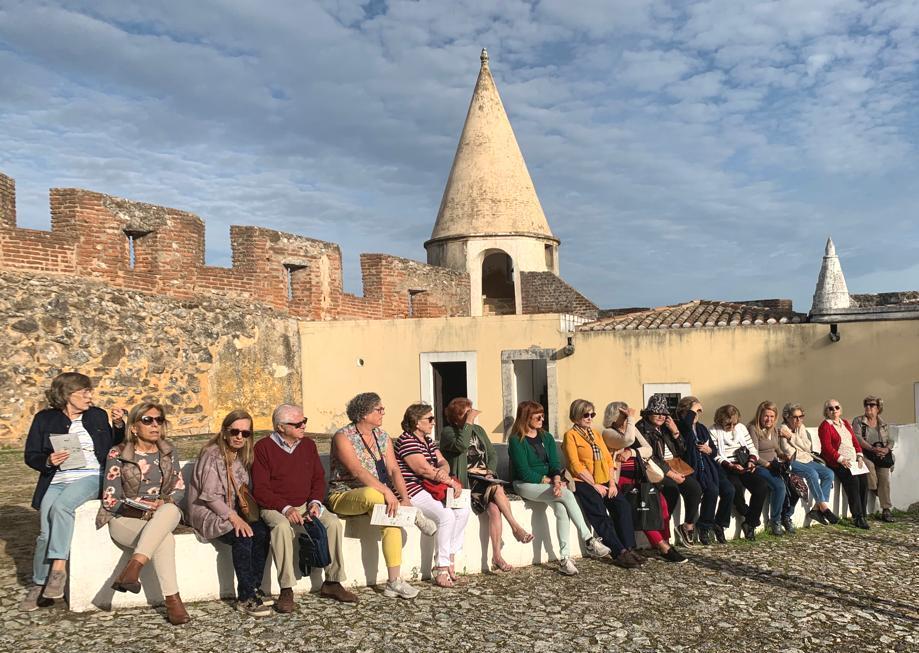
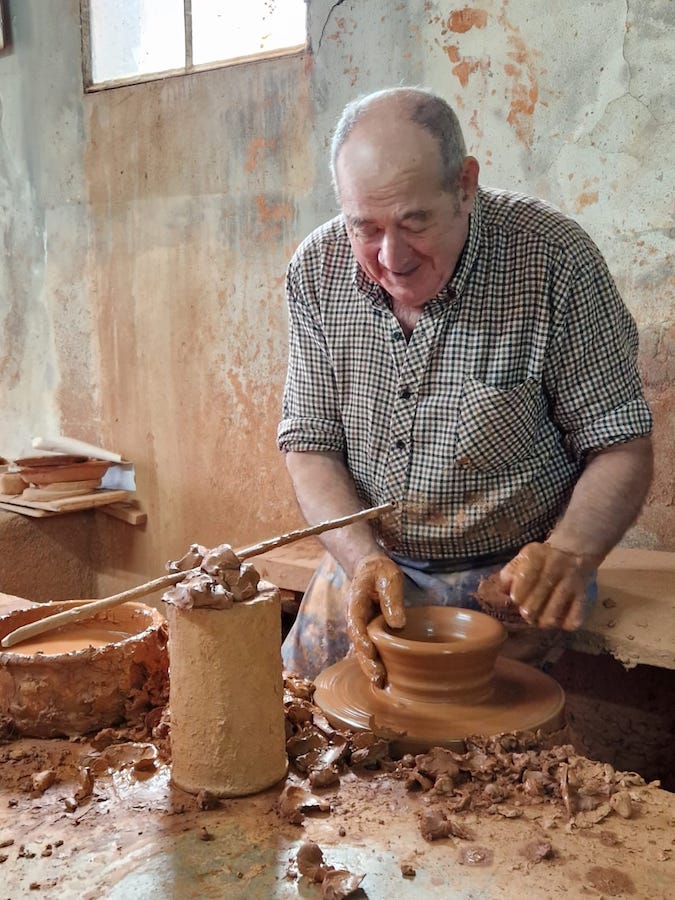
In the town of Alcáçovas we had a guided tour of the Paço dos Henriques and the Chapel of the Shells, in which the façade and the altar are decorated with shells, as well as the adjacent garden. Afterwards we had the opportunity to watch, in a workshop, the various phases of the handcrafted production of rattles, which requires an exquisite and complex technique.
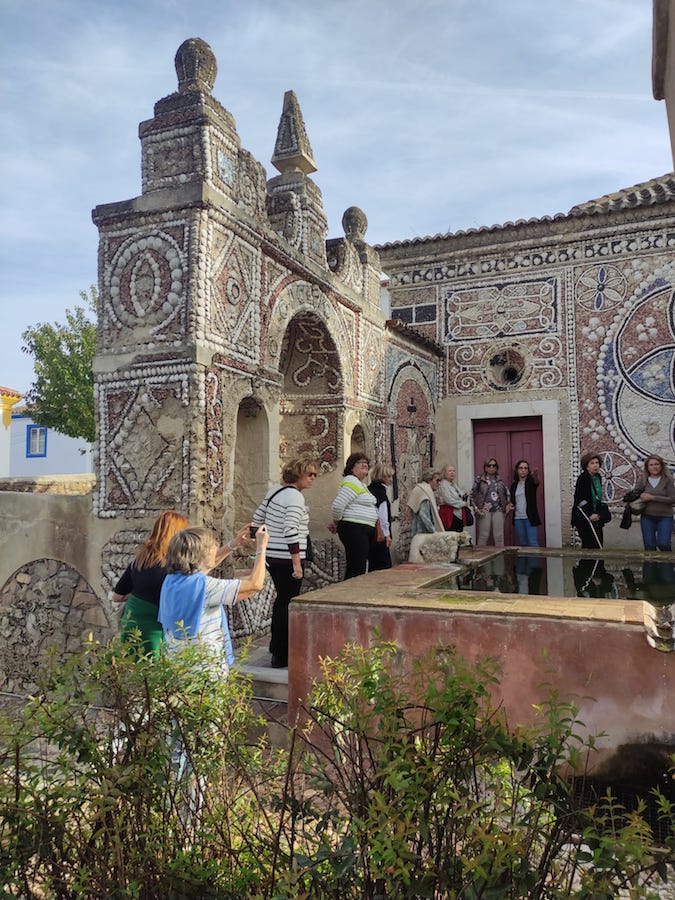
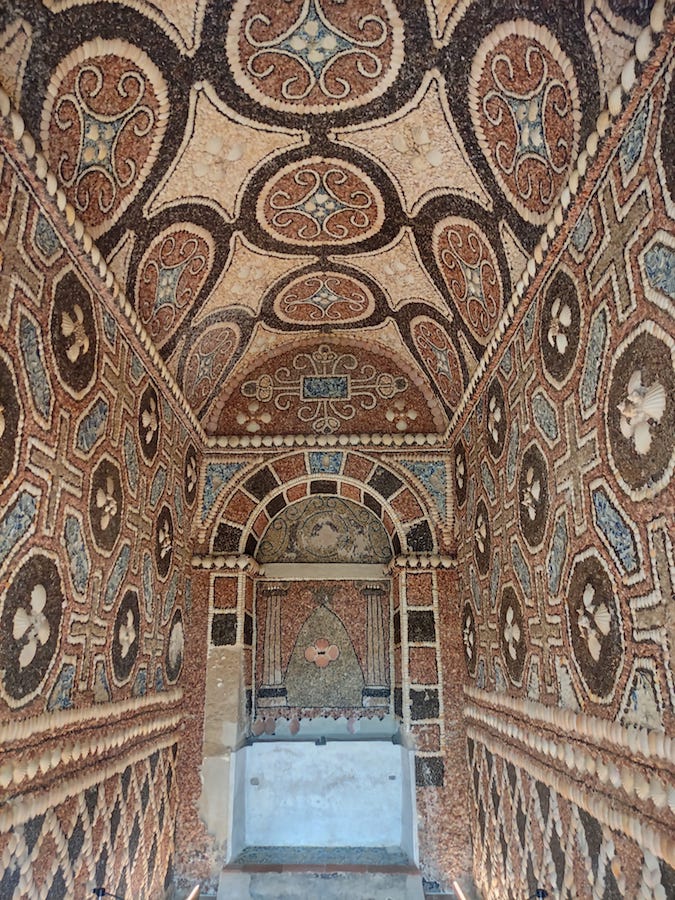
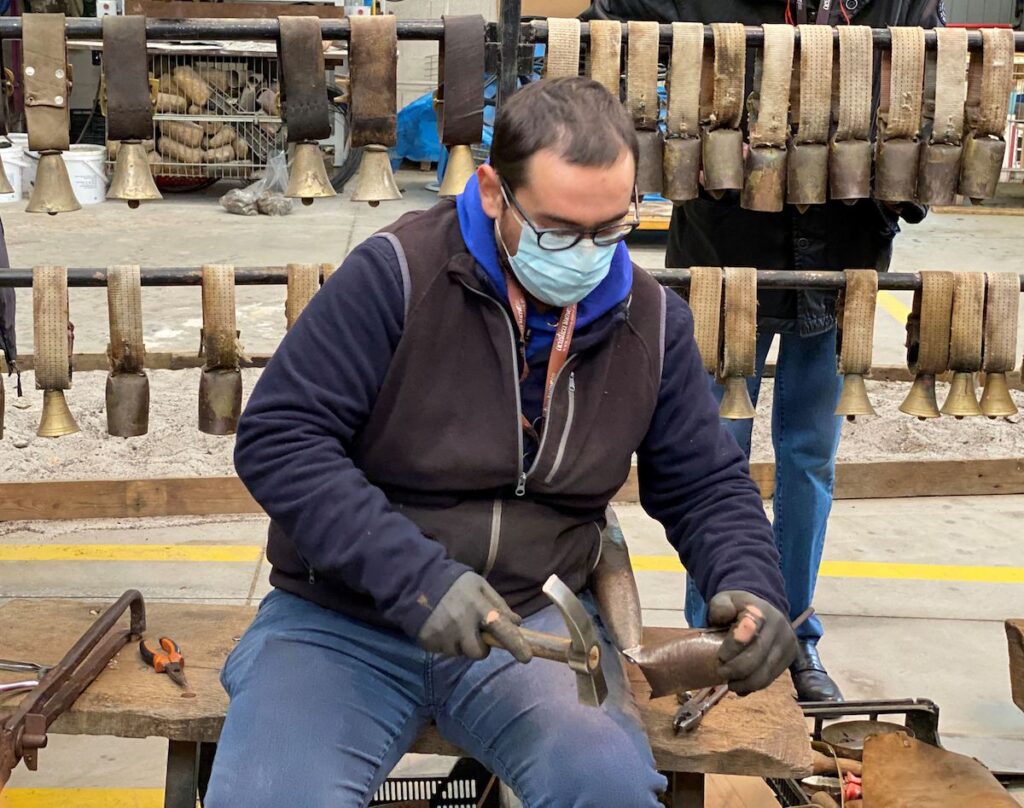
On the last day, in Montemor-o-Novo, there were guided tours to the Castle, Ruins and Interpretive Centre, the Museological Nucleus of the Convent of S. Domingos, the Mother Church and Church of Mercy and the Sanctuary of Our Lady of the Visitation, which dates back to the 16th century, with 18th century tile panels depicting the life of the Virgin Mary.
